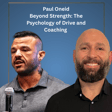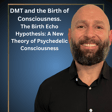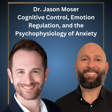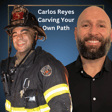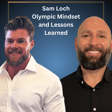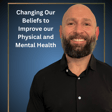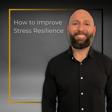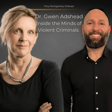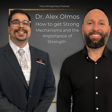
The Power of Storytelling in Shaping Who We Are and Our Beliefs
In this episode I discuss the role of storytelling in shaping our beliefs and who we are in the world and the power to overcome it. Storytelling isn’t just how we entertain—it’s how we survive, connect, and make meaning. From an evolutionary standpoint, stories helped early humans bond in larger groups, transmit wisdom, and navigate danger. Neurologically, they activate empathy circuits, mirror sensory experiences, and even synchronize brainwaves between speaker and listener. But the real power of storytelling lies in its ability to shape belief and identity. Whether it’s a nation’s founding myth, a personal trauma narrative, or a viral conspiracy theory, stories determine how we see ourselves, others, and what we think is possible. And when people reclaim authorship of their own story—especially those who’ve been marginalized or silenced—it can restore agency, reshape mental health, and catalyze collective healing. Storytelling is not just reflection—it's revolution.
